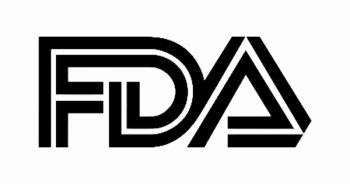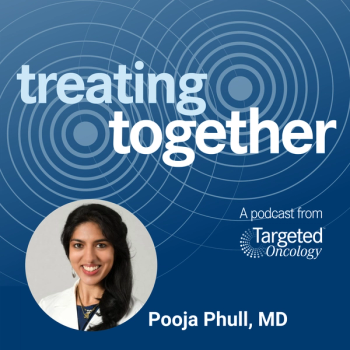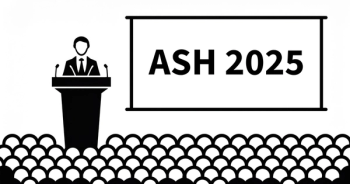
CARTITUDE-4 Study: Cilta-cel Benefits High-Risk Myeloma & EMD Subgroups
Surbhi Sidana, MD, discusses updates from the CARTITUDE-4 study assessing the CAR T therapy cilta-cel in patients with multiple myeloma.
Surbhi Sidana, MD, associate professor of medicine at Stanford University, discusses the latest findings from the CARTITUDE-4 study (NCT04181827), a randomized clinical trial comparing ciltacabtagene autoleucel (cilta-cel; Carvykti) CAR T-cell therapy to standard-of-care treatments (daratumumab [Darzalex], pomalidomide, and dexamethasone [Dara-Pd]0 in patients with 1 to 3 prior lines of therapy.
Previous results showed a significant progression-free survival (PFS) benefit with ciltacel, leading to its FDA approval in the second-line setting. An overall survival (OS) benefit was also presented at the International Myeloma Society 2024 meeting.
This update focuses on the analysis of OS and PFS in specific subgroups:
- High-Risk Cytogenetics: Patients with high-risk features (translocation 4;14, 14;16, 17p deletion, or gain of 1q) showed improved PFS and OS with cilta-cel compared to those without these features.
- Extramedullary Disease (EMD): In this small but significant subset of patients with true EMD, cilta-cel demonstrated a PFS of 12 months, a substantial improvement over the 4 months seen with standard of care. While better, this still highlights an area needing further therapeutic strategies.
- Lines of Therapy: The benefit of cilta-cel was consistently observed across all subgroups, whether patients had 1, 2, or 3 prior lines of therapy. This suggests that cilta-cel is a superior therapy in terms of efficacy for PFS and shows a positive trend for overall survival, regardless of the treatment line.
Sidana emphasizes that this analysis has identified subgroups that open up numerous avenues for future investigation. Notably, while patients with high-risk cytogenetics (like 17p deletion) haven't yet reached a median PFS, the EMD patient group had a median PFS of only 1 year. A concerning finding was that many patients with EMD never even received CAR T-cell therapy, progressing between apheresis and treatment. This underscores the need to focus on this subgroup, which represents 15% to 20% of all patients with myeloma, and develop improved strategies.








































